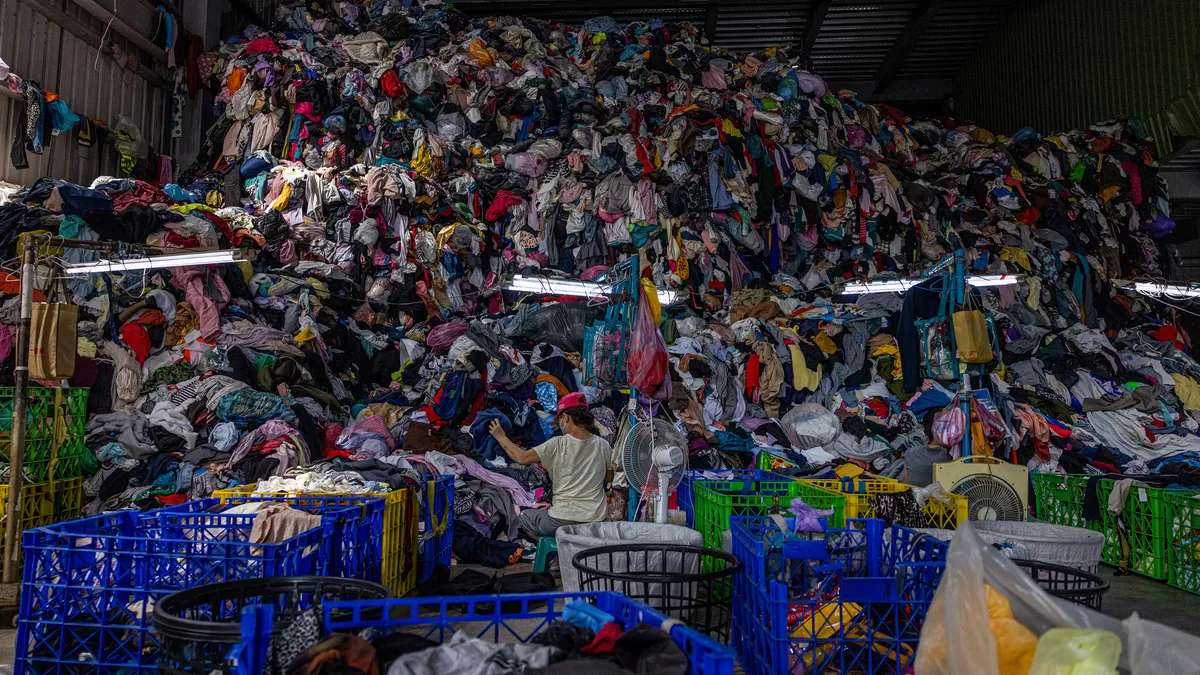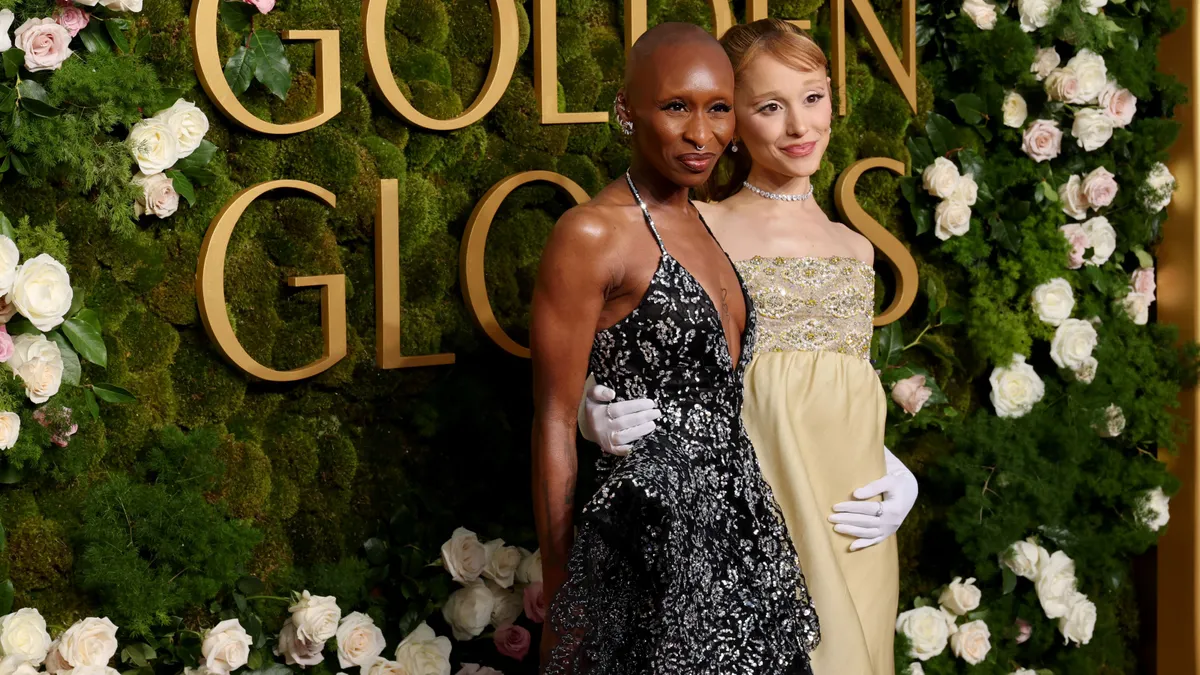Dive Brief:
- The UN Environment Programme and UN Climate Change released new recommendations for those working in fashion marketing and communications on Wednesday in an effort to promote more sustainability in the fashion industry and help align communications strategies with the UN’s 1.5-degree climate target.
- The Sustainable Fashion Communication Playbook presents eight principles for brand managers, marketers, media and influencers and they focus on leading with scientific facts, promoting changes to behavior and practices, and advocacy.
- The playbook suggests fashion communicators use their cultural reach to play an advocacy and educational role. The UN also hopes this playbook can help reach its climate goals in the Paris Agreement, Kunming-Montreal Global Biodiversity Framework and its sustainable development goals.
Dive Insight:
The foundation of the new guidelines are information and science, primarily tackling misinformation and greenwashing.
Because sustainability has become a selling point for fashion brands, the UN says vague language and sustainability practices have become confusing for consumers and created mistrust. A 2020 study by the European Commission, referenced in the report, found 53.3% of environmental claims communicated in the EU were vague, misleading or unfounded. A separate report referenced in the playbook, which focused exclusively on the fashion industry, found that “60% of sustainability claims by European fashion giants are ‘unsubstantiated’ and ‘misleading.’”
The playbook argues that the solution to these challenges is committing to transparency and providing evidence.
The guidelines also note the cultural power of fashion, saying it is “one of the most powerful marketing engines on earth, fashion shapes the very notion of desire and aspiration, in turn impacting wider cultural norms and expectations.” Because of this power, the playbook states that fashion communicators should avoid language that promotes overconsumption, including advertising that focuses on the idea of buying new items as a key for addressing psychological needs.
The playbook also suggests focusing on inclusive marketing that demonstrates the interconnectedness of fashion with communities, biodiversity and nature. It also encourages educating consumers on the origin of garments.
Another foundational point of the playbook is advocacy, particularly at the leadership level. It suggests empowering citizens to engage in and advocate for what is needed of the system and providing positive and action-based recommendations to assist them in this. The guidelines state that this comes as a caveat of “living the values you are promoting.”











